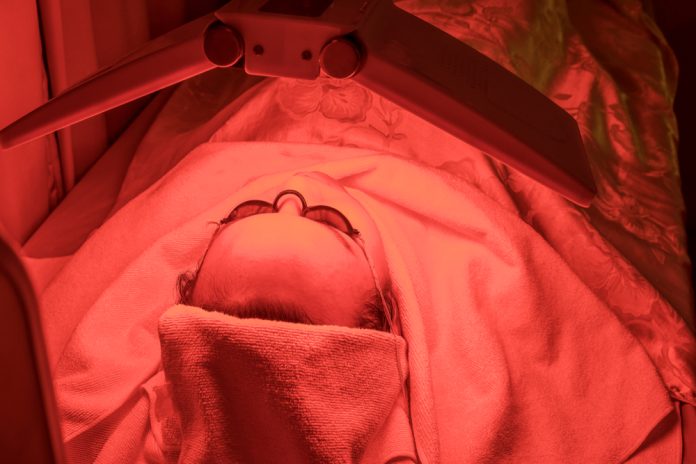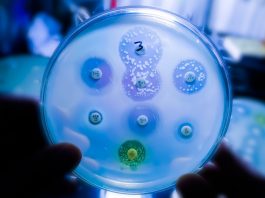With antimicrobial resistance (AMR) on the rise and antibiotic treatments facing increasing challenges, experts are calling for urgent global adoption of photodisinfection technology.
Dr Colin Hopper, a leading figure in photodynamic therapy and president of the International Photodynamic Association (IPA), is among those advocating for broader recognition and implementation of this promising infection control method.
Photodisinfection, he argues, could be a pivotal tool in combating AMR-related deaths by providing an alternative to failing antibiotics and antifungal treatments.
Hopper explained: “We’re still using the same tools we’ve relied on for decades while the threats have become more sophisticated. Photodisinfection has the potential to change everything if we’re willing to invest in and embrace it.”
Understanding AMR
Antimicrobial resistance occurs when bacteria, fungi, viruses, or parasites evolve to resist the drugs designed to kill them, such as antibiotics or antifungals.
This resistance emerges from factors like overuse and misuse of antibiotics in human medicine, agriculture, and animal care.
As a result, common infections, once easily treated, are becoming life-threatening. A recent study from the Global Research on Antimicrobial Resistance (GRAM) Project published in The Lancet projects that by 2050, resistant infections could contribute to up to 8 million deaths annually, making AMR a critical global health threat.
Photodisinfection: A powerful alternative to antibiotics
Photodisinfection, also known as photodynamic therapy, is a light-activated treatment first developed at University College London in the 1990s.
Unlike antibiotics, photodisinfection uses light-sensitive compounds called photosensitisers. When activated by specific wavelengths, these compounds produce reactive oxygen species that rapidly kill bacteria, fungi, and viruses, offering a broad-spectrum, immediate bactericidal effect.
Because this process happens so quickly, pathogens cannot develop resistance, making photodisinfection a powerful option in the fight against AMR.
Studies worldwide, including at institutions like the Wellman Center for Photomedicine at Massachusetts General Hospital and Harvard Medical School, demonstrate that photodisinfection is highly effective across a variety of pathogens.
Researchers have shown that this treatment is effective even against extremely drug-resistant strains that are nearly untreatable with current antimicrobial agents.
Experets are now calling on the healthcare industry to prioritise photodisinfection as a complement or even a replacement for traditional antimicrobials in certain cases.
Proven benefits and expanding applications
Photodisinfection is painless, easy to administer, and has no serious side effects, according to studies covering hundreds of thousands of applications.
Healthcare facilities in Canada, the UK, and Europe are already employing this technology to reduce hospital-acquired infections, particularly following surgical procedures.
Several NHS trusts in the UK, including Leeds Teaching Hospitals and Guy’s and St Thomas’ NHS Foundation Trust, have adopted photodisinfection as part of their infection control protocols.
The potential applications for photodisinfection extend well beyond hospitals. It has shown promise in treating infections in burns, chronic sinusitis, ulcers, and dental health.
Even during the COVID-19 pandemic, a study conducted at the University of Navarra found that intranasal photodisinfection could enhance viral clearance in mild COVID-19 cases, reducing infectivity.
A global call for change
With photodisinfection already approved in the UK, Canada, Europe, and Australia and Phase 3 FDA trials underway in the United States, Dr Hopper and the IPA are urging healthcare systems worldwide to embrace this technology.
As the global threat of AMR grows, experts believe that photodisinfection could reshape infection control and bring new hope to healthcare. While not a complete replacement for antibiotics, photodisinfection represents a powerful tool in the fight against drug-resistant infections.









